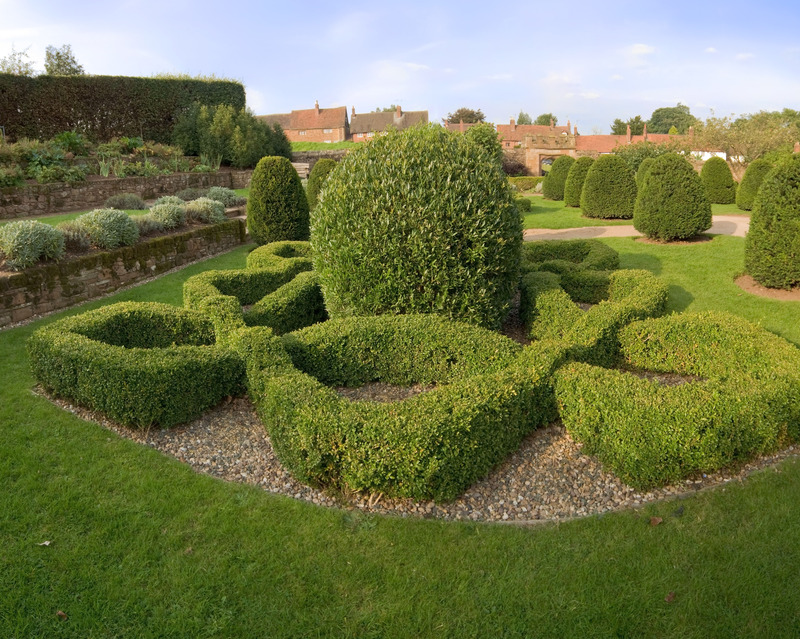The Rise of Vertical Gardening: Innovative ways to maximize limited gardening space
Posted on 12/05/2024
With the growing trend of urban living and limited outdoor space, traditional gardening methods are becoming increasingly difficult to incorporate. However, this has not stopped avid gardeners from pursuing their green thumb dreams. Thanks to the rise of vertical gardening, even those with a small patio or balcony can now enjoy fresh produce and beautiful greenery.
Vertical gardening is a technique that involves growing plants vertically rather than horizontally, allowing for a more compact and space-efficient use of available space. This innovative approach has gained popularity over the years due to its numerous benefits and creative solutions for maximizing limited gardening space.
In this article, we'll explore the various aspects of vertical gardening, including its history, methods, benefits, drawbacks, tips, takeaways, and conclusion.
The History of Vertical Gardening
While vertical gardening may seem like a new concept, it has been around for centuries. The Hanging Gardens of Babylon are considered one of the earliest examples of vertical gardening in history. These lush green gardens were built in 600 BC by King Nebuchadnezzar II for his wife who missed the mountains and greenery of her homeland.
However, it wasn't until the 1930s that Patrick Blanc, a French botanist and artist, popularized vertical gardening as an art form with his innovative creation known as the "green wall." Since then, vertical gardening has evolved into various forms and techniques and has gained popularity among gardeners worldwide.

Methods of Vertical Gardening
There are various ways to incorporate vertical gardening into your outdoor space. Some common methods include using trellises or arches for climbing plants such as cucumbers or beans, hanging baskets for flowers or herbs, or utilizing wall-mounted planters for vegetables or succulents.
Another popular method is using hydroponics - a soilless growing system that allows plants to be grown vertically in a water-based nutrient solution. This technique is ideal for smaller spaces as it eliminates the need for soil and can be easily customized to fit any area.
Benefits of Vertical Gardening
One of the main benefits of vertical gardening is its space-saving capabilities. With limited ground space, vertical gardening allows you to maximize the use of walls, fences, or even balcony railings. This makes it an ideal solution for urban gardeners who may not have access to a large outdoor space.
Vertical gardening also offers several environmental benefits. By utilizing unused vertical spaces, it helps reduce urban heat islands, purifies the air by absorbing pollutants, and provides insulation against noise pollution. Additionally, growing your own fruits and vegetables through vertical gardening promotes sustainable living by reducing food miles and promoting healthier eating habits.
Drawbacks of Vertical Gardening
Like any gardening method, there are also some drawbacks to vertical gardening. The initial setup costs can be higher compared to traditional gardening, especially if using a hydroponic system. There can also be maintenance challenges such as proper watering and ensuring adequate sunlight for all plants in a vertical garden.
Another drawback is the limited plant choices for vertical gardening. While many plants can thrive vertically, not all varieties are suitable. For example, root vegetables like carrots or potatoes cannot be grown vertically as they require spacious soil beds.

Tips for Successful Vertical Gardening
Here are some tips to keep in mind when trying out vertical gardening:
1. Choose the right plants: Pick plants that are suited for vertical growth and match your growing conditions. Consider factors such as sunlight exposure, temperature range, and water requirements.
2. Use lightweight containers: Make sure the planters you use are light enough to hang or mount onto walls without causing damage. Alternatively, consider using self-watering containers that will distribute weight evenly on wall surfaces.
3. Provide proper support: Ensure that your chosen support structure is strong enough to hold the weight of your plants as they grow taller or heavier.
4. Water regularly: As with any type of gardening, proper watering is crucial for the success of your vertical garden. Invest in a drip irrigation system or water from above to make sure all plants receive adequate moisture.
5. Add nutrients: Because vertical gardening typically involves using less soil, it's important to supplement with organic fertilizers to provide essential nutrients to your plants.
Key Takeaways
- Vertical gardening is an innovative technique that allows for growing plants vertically rather than horizontally, making it ideal for limited outdoor spaces.
- There are various methods of vertical gardening, including trellises, hanging baskets, wall-mounted planters, and hydroponics.
- The benefits of vertical gardening include space efficiency, environmental benefits, and promoting sustainable living.
- However, there are also drawbacks such as initial costs and maintenance challenges to consider.
- To ensure successful vertical gardening, choose the right plants, use lightweight containers, provide proper support, water regularly, and add nutrients as needed.
In Conclusion
As the trend towards urbanization continues, vertical gardening offers a creative solution for maximizing limited gardening space. With its rich history and diverse methods, this innovative approach has gained popularity among both experienced gardeners and beginners alike. From creating a lush green wall to growing fresh produce at home, the possibilities with vertical gardening are endless. By incorporating these tips and understanding its pros and cons, you can easily create your own beautiful and functional vertical garden. So why not give it a try and join the rise of vertical gardening? Your small outdoor space will thank you.




